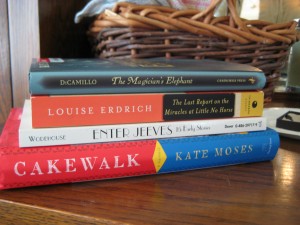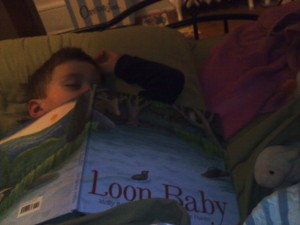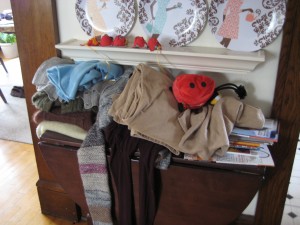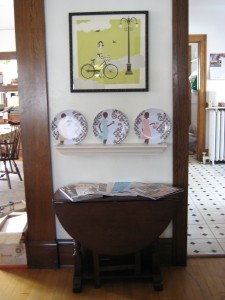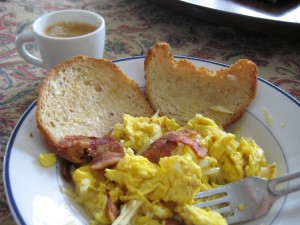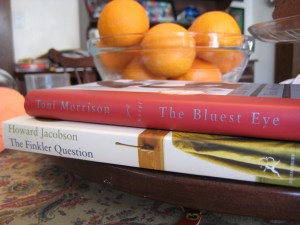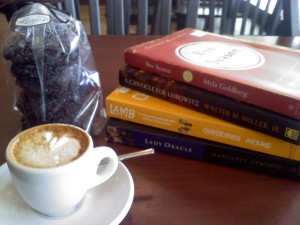On Margaret Atwood and “The Handmaid’s Tale”
Tuesday, April 12th, 2011From Nathalie Cooke’s Margaret Atwood: A Biography
Atwood started writing The Handmaid’s Tale in spring of 1984 while living in West Berlin and finished it later that year. It was published in 1985 to critical acclaim and would go on to be short-listed for the prestigious Booker Prize. While she wrote it, her husband said to her, “You’re going to get in trouble for this one.” Though she was well known in Canada previously as both a poet and novelist, this brought her a larger, international, mainstream audience. Her American publisher ordered a second printing before the first was even released.
She claims the original idea came from a dinner-party conversation about the dangers of religious fundamentalism. “No one thinks about what it would be like to actually act it out,” she or someone else said. Then she said, “I think I’ll write about that.”
In 1983 she began to compile a scrapbook about “the religious right wing, no-cash credit-card systems, on the low birth rate and prisons in Iran.” While the setting for the book is Cambridge and Boston Massachusetts, Atwood had traveled to Iran and Afghanistan, and the repressive rules for women she encountered there were also part of the inspiration for the near-future dystopia of Gilead.
Cooke quotes Atwood’s argument that The Handmaid’s Tale is not science fiction:
Science fiction is filled with Martians and space travel to other planets, and things like that. That isn’t this book at all. The Handmaid’s Tale is speculative fiction in the genre of Brave New World and Nineteen Eighty-Four. Nineteen Eighty-Four was written not as science fiction but as an extrapolation of life in 1948. So, too, The Handmaid’s Tale is a slight twist on the society we have now. (277)
(Interestingly, this rejection of the SF genre is one speculative fiction, sci-fi and fantasy writers and readers would likely both agree and take issue with. They’d likely agree it was speculative fiction, but take issue with her separatism, since most works grouped in the sci-fi and fantasy genres can be better described as speculative fiction.)
In spite of this protest, The Handmaid’s Tale won the Arthur C. Clarke Award for Best Science Fiction in 1987.
